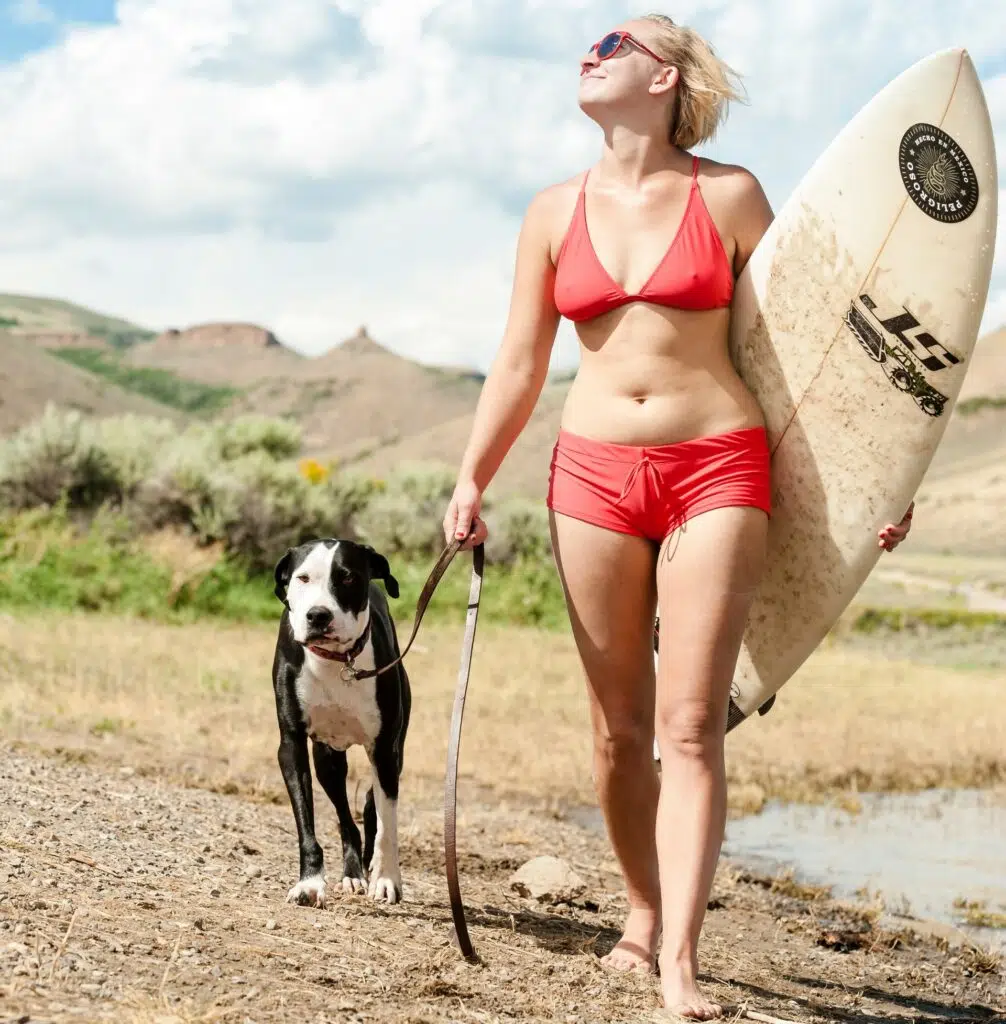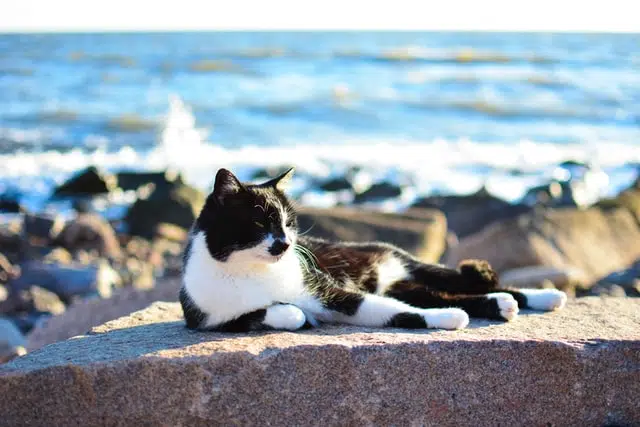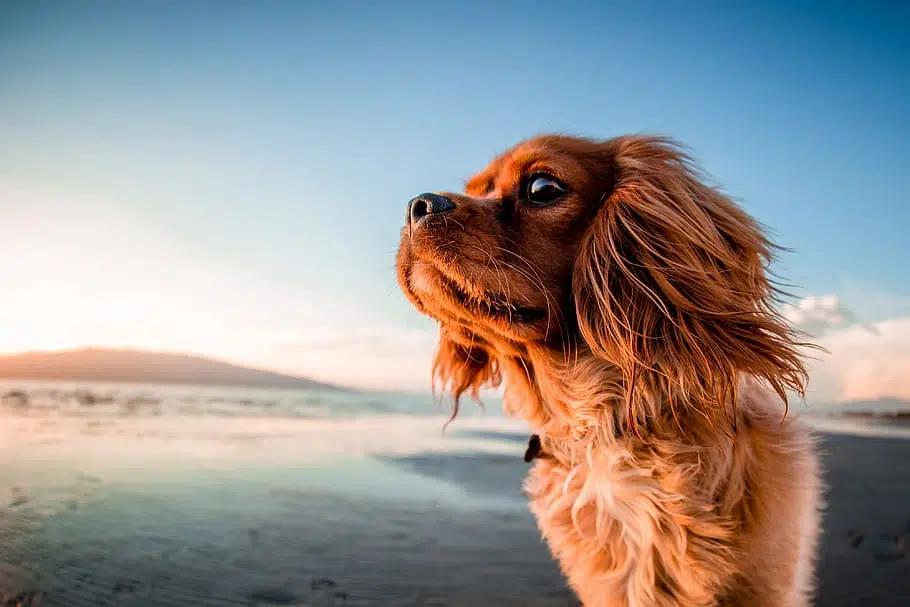Home » Blog » Pet » Pet Health & Safety » Top Tips for Pet Water Safety at the Beach, River or Lake
Categories
Tags
animal welfare
breed profile
buying a car
buying a pet
Car
car accessories
car care
car features
car insurance
Car safety
car sales
car service
cat
cat behaviour
cat body language
Cat Breeds
cat food
cat insurance
comprehensive car insurance
Dog
Dog Behaviour
dog body language
Dog Breeds
dog food
Dog Insurance
dog training
eco friendly cars
Kitten
New Car
pet accessories
pet activities
Pet Adoption
pet breeders
pet days of the year
pet fun stuff
Pet Health
pet insurance
pet parenting
Pet Safety
pet services
Puppy
rescue pets
road safety
road trip
safe driving
Recent Blog:
Facebook Posts
2 days ago
Growing old sometimes means we can’t take care of pets anymore. Find out some advice on what to do when this happens:![]()
![]() Senior Pet Parents – Contingency Plans for Your Pet – bit.ly/44bzwkS
... See MoreSee Less
Senior Pet Parents – Contingency Plans for Your Pet – bit.ly/44bzwkS
... See MoreSee Less
Senior Pet Parents' Contingency Plans for Pets
www.pd.com.au
Sometimes senior pet parents need more downtime. For older pet owners, this can be tricky to navigate if their dog or cat is full of beans and wants to4 days ago
Before you rev up the engine, let’s run through a checklist of things to do before starting your car. Not only do these steps ensure your safety (and that of others around you), but they also help in maintaining your vehicle's longevity.![]()
![]() Driving Tips: Your Checklist Before Starting Your Car -
... See MoreSee Less
Driving Tips: Your Checklist Before Starting Your Car -
... See MoreSee Less
Driving Tips: Your Checklist Before Starting Your Car
www.pd.com.au
Heading out for a drive? Hold up a second! Whether you're dashing off to work, running errands, or embarking on a road trip adventure, there are a few1 week ago
Are intestinal worms setting up camp in your dog’s gut without paying rent? Here’s how to spot the main culprits and get rid of them too:![]()
![]() Preventing, Identifying and Treating Intestinal Worms in Dogs - bit.ly/43YjCKu
... See MoreSee Less
Preventing, Identifying and Treating Intestinal Worms in Dogs - bit.ly/43YjCKu
... See MoreSee Less
Preventing, Identifying and Treating Intestinal Worms in Dogs
www.pd.com.au
Intestinal worms, such as roundworms in dogs are one of the least glamorous topics on the planet. These intestinal parasites that basically use our dogsSummer (and living in Australia in general) is all about splashing around and enjoying the sun. Of course being a nation of pet lovers, that means our furry friends often join us on beach and lake trips. This is why cat and dog water safety knowledge is a must.
As a pet parent, knowing your furkid’s safety boundaries will keep them calm and out of harm’s way. Before you make a trip to the water you should know what to look out for; from poisonous sea creatures and rip tides to accidental ingestion. We’ve made it simple by rounding up some common things to keep an eye out for.
After all, preventing hairy situations is far more fun than landing at the vet for an emergency visit.
Cat and dog water safety: Lakes and beaches ahoy!
Many cats and dogs like to let their hair down and get their paws wet for a bit of a swim. But do they know the strokes, or is their swimming ad-hoc? Unless your pet knows how to swim, take care and don’t assume they’re naturals. Even if they are, swimming can be dangerous.
Even a near drowning experience where a pet survives can still result in secondary drowning. Read how secondary drowning can happen as much as three days after surviving almost drowning.
Keep cool with 10 cat and dog water safety tips
We know that hot layer of fur makes it hard to keep cool in the Aussie summer. You wouldn’t want to wear a fur coat day to day, after all! Water provides a quick fix to that overheating – but be mindful before letting your pet dive in.
Here are 10 tips for cat and dog water safety around beaches, rivers and lakes:
- Cat and dog water safety means not letting them swim in heavy currents.
- Also avoid letting them go in water with big waves.
- Consider a pet life jacket to give that added protection.
- Let them wade in on their own to gauge the depth.
- Don’t throw them in. The water might be too deep/shallow, or they may swallow water and go into shock.
- Keep a lookout for rip tides.
- Avoid other swimmers. They could be a sensory overload to pets or the other way around.
- Watch out for surfers and keep a safe distance with pets.
- Ditto for boats and jet skis.
- Stick to open and clear water in lakes to avoid pets getting tangled. Pets can be at risk of drowning if they get entangled in reeds, underwater tree roots and water plants.
The above applies even to pets who are great swimmers and are used to water. The water has a mind of its own and can still foil us when we least expect it to. A current that pulls a pet under for too long, or a wave that throws them off-kilter, can be disorientating. And dangerous.
Keep on top of your game with cat and dog water safety with a watchful eye on them. This applies to whether they’re in the water or on the shore.

Cat and dog water safety means avoiding poisonous creatures
Every year we see hundreds of claims for accidental ingestion. This means accidentally eating, licking, or swallowing objects. This could range from poisonous sea creatures to socks. Ingestion can lead to a stomach obstruction that needs to be removed surgically or it may not get that far and cause dog choking (less so for cats, but it does happen). And there’s the risk of poisoning.
This is why cat and dog water safety extends beyond swimming safety. If your pet gobbles up something on the beach that’s toxic, it could land them in all sorts of trouble. Poisons can lead to breathing difficulties and swelling, and can be fatal.
A few common things to watch out for include:
- River algae
- Sea urchins
- Sea slugs
- Jellyfish
- Sea lice
- Blue bottles
- Pufferfish
- Polluted water
- Poisonous plants
Pufferfish in particular present a very real danger if touched or ingested. Even sniffing too closely (which pets tend to do) can lead to poisoning. Pufferfish secrete poison known as tetraodotoxin. If your pet comes into contact with one, get them to the vet right away.
Some things you may not even realise are poisonous, like river algae. Read this sad story to understand just how dangerous it can be if your dog ingests it.
As you can see from the list above, pufferfish aren’t the only water-based animals that pose risks to pets. Here’s a detailed list of toxic and dangerous marine animals found in Australia.
Combatting poisons
For general cat and dog water safety at the beach, keep a bottle of vinegar in your bag. Applying small amounts can help neutralize poisons that cause stings and rashes.
The Animal Poisons Helpline is a free service to pet owners that can help greatly. If your dog or cat eats something suspicious, contacting them could save their life. Save the number on your phone in case of emergency: 1300 869 738.
And, of course, your vet should always be your first port of call!

Saltwater or sand ingestion: A big hazard
Sand may seem pretty harmless, but it can lead to severe internal blockages if your pet swallows too much. If you’re throwing a wet ball or frisbee, for instance, take care your dog doesn’t end up ingesting large amounts of sand from picking it up.
Sand. Sand is basically tiny rocks. No one should eat rocks, big or small. Too much sand consumed is called ‘sand impaction‘. It can cause blockages in your pet’s abdominal tract that require veterinary care. Signs and symptoms of sand impaction include lethargy, dehydration, vomiting and constipation.
Saltwater. Another thing that’s not always top of mind is your cat or dog swallowing too much salt water. Salt water can rapidly dehydrate them and pets don’t always know their salt limits. Salt overdose can cause the brain and tongue to swell; pets can become delirious and unable to swallow. Other signs include cramps, vomiting and nausea. That’s why salt candles are one of the common household things that are bad for pets.
Coaxing those cold feet
If your pet isn’t used to the water, gently coax them in by calling them or offering them a treat or toy.
Though not too many treats. Food and water don’t mix well. Eating and swimming can lead to fullness, cramping and ultimately can be dangerous. Remember how your parents always told you not to swim on a full stomach? Turns out they were right.
Your pet may have a natural penchant for swimming. Whether they do or don’t, you can nurture their skills and supervise them closely.
And be mindful that not all animals like the water. Your cat (or dog) might get cold feet. Never force them to go in. They’re most likely acting on a survival instinct that deserves respect. Also, forcing them in will likely make them form a negative association with water.
Cat and dog water safety is very much about understanding, supporting and respecting your pet’s capacity, ability and limits. You wouldn’t want to be forced to swim, and neither should your pet.
Cat and dog insurance for water-tight safety
No matter what precautions and measures you take in and around the water, accidents can happen. That’s why having an affordable and reliable pet insurance plan helps provide your pet with a soft landing.
A pet plan means you can give your pet the medical care they need. It means you won’t have to check your bank balance before saving their life or keeping them well. It means you won’t need to walk around on eggshells when you spend time playing and bonding with them.
Having a pet insurance plan is so easy: it’s simple to use, affordable to buy and reliable when you need to make a claim. Click below to find out about getting insurance with us.
Share On:




